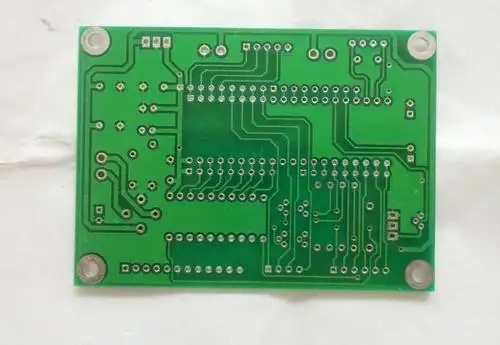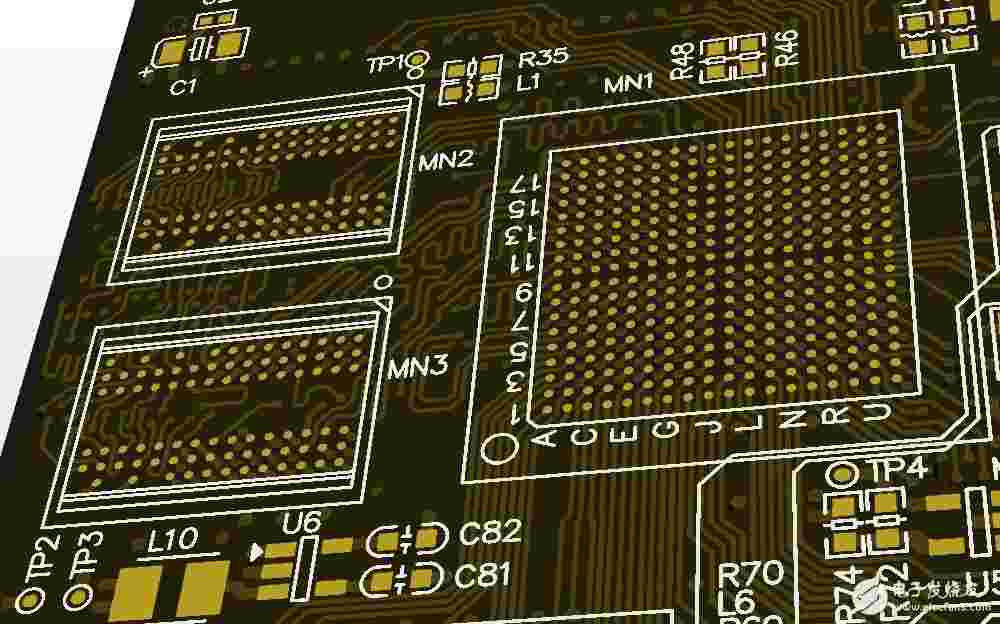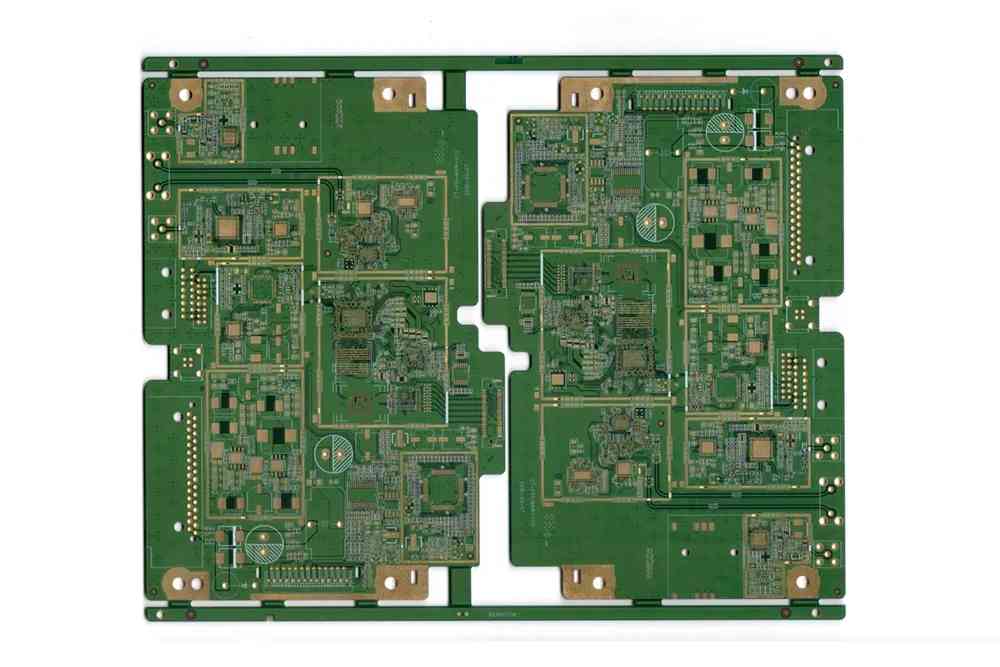
Classic question and answer sharing about pcb circuit board design
1. How to select PCB board?
The selection of PCB board must achieve a balance between meeting the design requirements and mass production and cost. The design requirements include electrical and mechanical parts. This material problem is usually important when designing very high-speed PCB boards (frequencies greater than GHz). For example, the commonly used FR-4 material has a dielectric loss at several GHz frequencies, which will greatly affect the signal attenuation, and may not be suitable. As far as electricity is concerned, pay attention to whether the dielectric constant and the dielectric loss are applicable at the designed frequency.
2. How to avoid high-frequency interference?
The basic idea to avoid high-frequency interference is to minimize the interference of high-frequency signal electromagnetic field, which is called crosstalk. You can increase the distance between high-speed signal and analog signal, or add ground guard/hunt traces beside analog signal. Attention shall also be paid to the noise interference of digital ground to analog ground.

3. How to solve the problem of signal integrity in high-speed design?
Signal integrity is basically a problem of impedance matching. The factors that affect impedance matching include the structure of the signal source and output impedance, the characteristic impedance of the routing, the characteristics of the load side, and the topology architecture of the routing. The solution is to terminate and adjust the topology of routing.
4. How is the difference distribution line realized?
Two points should be noted in the wiring of differential pairs. One is that the length of the two lines should be the same as far as possible, and the other is that the distance between the two lines (the distance is determined by the differential impedance) should always remain unchanged, that is, they should remain parallel. There are two parallel ways. One is that two lines walk on the same side by side, and the other is that two lines walk on the upper and lower adjacent layers. Generally, the former has many side by side implementations.
5. For the clock signal line with only one output terminal, how to realize the difference distribution line?
It is meaningful to use differential distribution lines only if both the signal source and the receiver are differential signals. Therefore, the difference distribution line cannot be used for the clock signal with only one output terminal.
6. Can a matching resistance be added between differential line pairs at the receiving end?
The matching resistance between differential line pairs at the receiving end is usually added, and its value should be equal to the value of differential impedance. This will improve the signal quality.
7. Why should the wiring of differential pairs be close and parallel?
The wiring of differential pairs should be properly close and parallel. The so-called appropriate approach is because this distance will affect the value of differential impedance, which is an important parameter for designing differential pairs. The need for parallelism is also due to the need to maintain the consistency of differential impedance. If the two lines are either far or near, the differential impedance will be inconsistent, which will affect signal integrity and timing delay. The Circuit board assembly and circuit board processing manufacturers explained and shared the classic questions and answers about PCB circuit board design.






